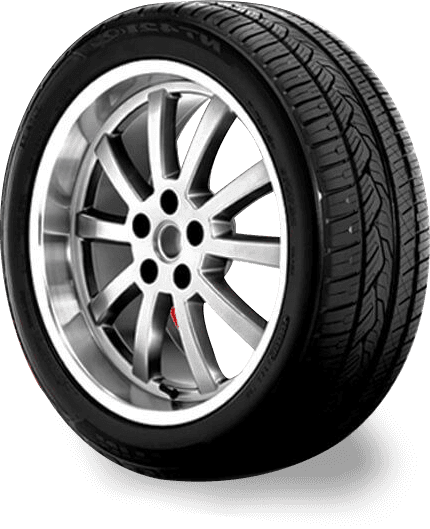
Jul . 31, 2024 21:56
Back to list
Understanding the Function and Importance of Natural Gas Regulators in Home Heating Systems
Understanding Natural Gas Regulators An Essential Component of Gas Distribution
Natural gas regulators play a crucial role in the safe and efficient distribution of natural gas, which is widely used for heating, cooking, and electricity generation. As a vital component of gas infrastructure, regulators ensure that gas is delivered at the appropriate pressure to consumers while maintaining safety standards and operational efficiency.
The Purpose of Natural Gas Regulators
The primary function of a natural gas regulator is to reduce the pressure of gas coming from high-pressure transmission pipelines to a safe, usable level for residential or commercial use. Natural gas is transported at high pressures to minimize the volume and enhance the efficiency of the pipeline system. However, consumers cannot utilize gas at these high pressures; thus, regulators step in to modulate this pressure to a more manageable state, typically between 0.25 and 0.5 psi for residential use.
How Natural Gas Regulators Work
Natural gas regulators operate based on a mechanical design that reacts to changes in gas pressure. The key components of a typical gas regulator include a valve, a diaphragm, and a spring. The diaphragm moves in response to pressure changes, which allows the regulator to increase or decrease the flow of gas based on demand or supply fluctuations.
When the demand for gas increases, the pressure within the system drops, causing the diaphragm to move in a manner that opens the valve and allows more gas to flow. Conversely, if there is a decrease in demand, the diaphragm moves in the opposite direction, closing the valve to limit the flow. This automatic adjustment ensures that the gas pressure remains constant, providing a steady supply to consumers without risking over-pressurization.
Types of Natural Gas Regulators
There are several types of natural gas regulators, each designed for specific applications and pressure ranges. The most common types include
natural gas regulator

1. First-stage Regulators These are found in gas distribution systems and reduce the pressure from the transmission pipeline to an intermediate level.
2. Second-stage Regulators These further reduce the pressure to the final usable level for end-users, typically found in residential and commercial settings.
3. Pressure Relief Regulators These devices ensure that gas pressure does not exceed a set limit, providing a critical safety mechanism against over-pressurization, which could pose hazards such as leaks or explosions.
Safety Considerations
Safety is paramount in the operation of natural gas regulators. Regulators are equipped with various safety features, including pressure relief valves that activate when pressure exceeds safe levels. Regular maintenance and inspection of regulators are essential to prevent failures that could lead to dangerous situations.
Moreover, the installation of gas regulators must comply with local regulations and standards to ensure proper functioning. Users should be aware of signs that may indicate a regulator issue, such as fluctuating gas pressure, unusual noises, or gas odors, and should contact a professional if any problems arise.
Conclusion
In conclusion, natural gas regulators are indispensable to the safe and efficient use of natural gas in our everyday lives. By controlling gas pressure and ensuring a consistent supply, these devices safeguard both consumers and infrastructure alike. As the demand for natural gas continues to grow, understanding the role and importance of regulators becomes increasingly vital for both safety and operational efficiency in gas distribution systems. Regular maintenance and adherence to safety protocols will ensure that gas regulators perform effectively, contributing to the reliability of the natural gas supply.
Latest news
-
Safety Valve Spring-Loaded Design Overpressure ProtectionNewsJul.25,2025
-
Precision Voltage Regulator AC5 Accuracy Grade PerformanceNewsJul.25,2025
-
Natural Gas Pressure Regulating Skid Industrial Pipeline ApplicationsNewsJul.25,2025
-
Natural Gas Filter Stainless Steel Mesh Element DesignNewsJul.25,2025
-
Gas Pressure Regulator Valve Direct-Acting Spring-Loaded DesignNewsJul.25,2025
-
Decompression Equipment Multi-Stage Heat Exchange System DesignNewsJul.25,2025

